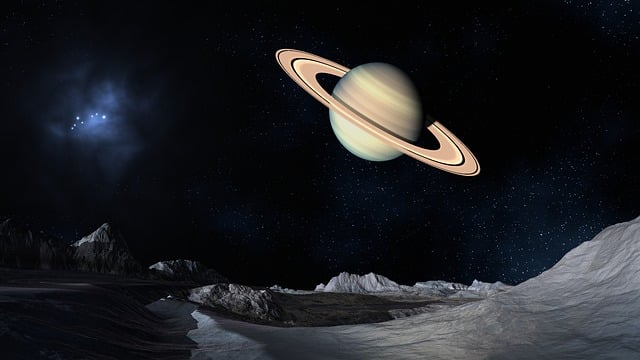
Vocabulary:
- formation /fawr-MEY-shuhn /
- predominantly /pri-DOM-uh-nuhnt-lee/
- accumulate /uh-KYOO-myuh-leyt /
- lifespan /lahyf -span /
- persist /per-SIST/
[noun] – the development of something into a particular thing or shape
The geologist studied the rock formation to understand its origin and composition.
[adverb] – mostly or mainly
The movie’s target audience is predominantly teenagers and young adults.
[verb] – to collect a large number of things over a long period of time
Over time, dust and dirt can accumulate on surfaces if not cleaned regularly.
[noun] – the length of time for which a person, animal, or thing exists
The average lifespan of a housefly is only about two weeks.
[verb] – to continue to exist past the usual time, or to continue to do something in a determined way even when facing difficulties or opposition
The unpleasant odors in the room persist even after opening the windows.
Article reading:
The origin of Saturn’s rings is speculated to be caused by the gravitational instability that destroyed some of the planet’s icy moons. The findings from these studies have led scientists to consider the possibility that the rings around other ice and gas giants in our solar system, such as Uranus and Neptune, may have once been more extensive and luminous, similar to Saturn’s current rings. Further exploration of Saturn’s moons could provide valuable insights into the formation of the rings and potentially unlock discoveries related to Saturn’s moon Enceladus, including its intriguing plumes of water, ice, and organic materials. Understanding the formation and fate of Saturn’s rings may contribute to the potential for finding the building blocks of life elsewhere in the universe.
Discussion Questions:
- What did you find most surprising or interesting about the new research findings on Saturn’s rings? How does this new information change or enhance your perception of Saturn as a planet?
- How do you feel knowing that Saturn’s iconic rings have a limited lifespan and may not be visible to future generations? Does it make you appreciate the beauty and uniqueness of the rings even more?
- If you had the opportunity to witness Saturn’s rings in person, knowing that they may not be visible in the future, would you prioritize that experience?
- Considering the age and potential disappearance of Saturn’s rings, what other natural wonders in the universe do you think are worth appreciating and exploring before they change or vanish?
- How do you think the research on Saturn’s rings and the potential insights gained from studying them could contribute to our understanding of the existence of life elsewhere in the universe?
Summarization
Describe:
- skygazer
- iconic
- luminous
- orbit
- meteoroid